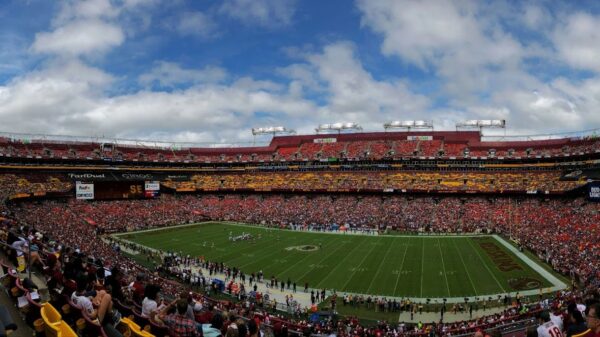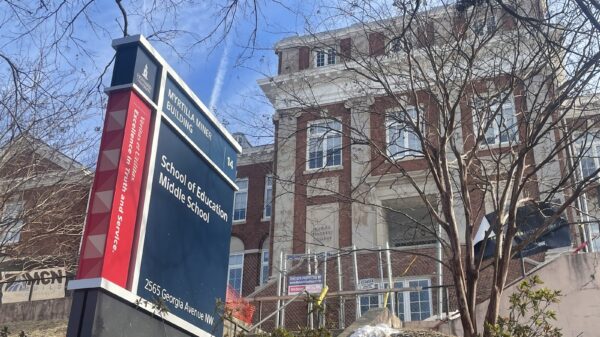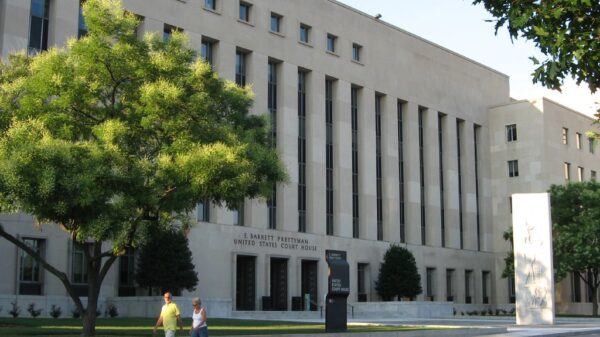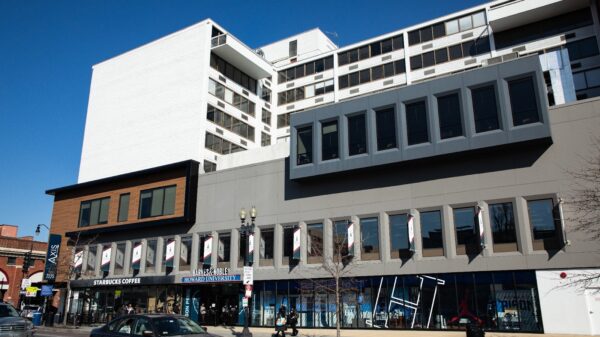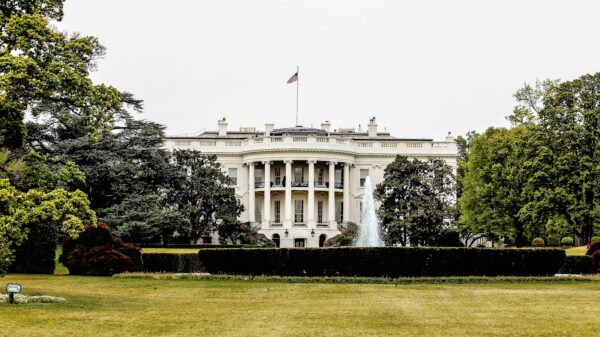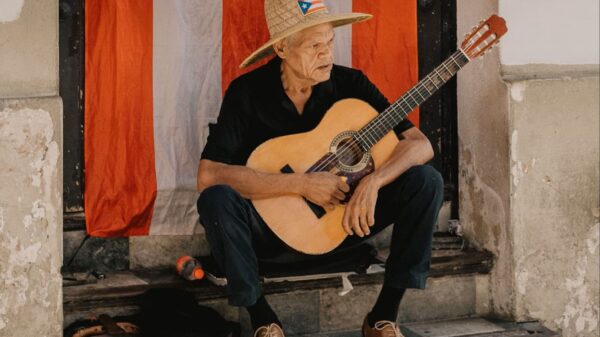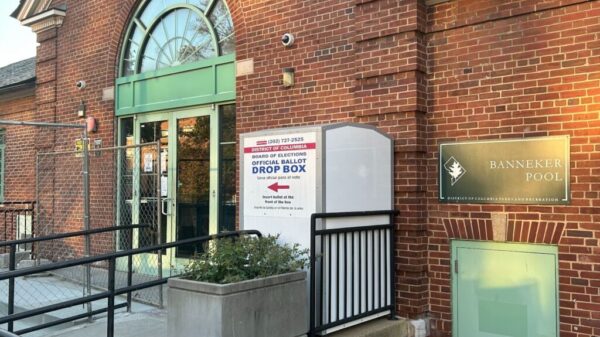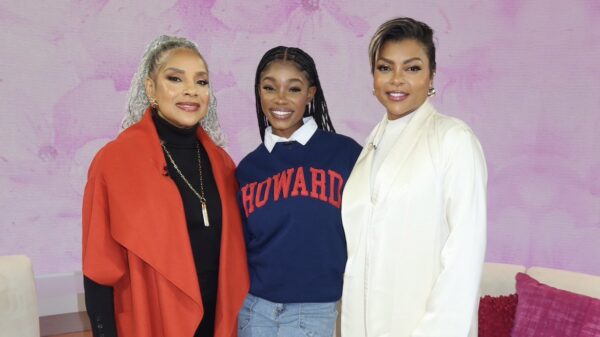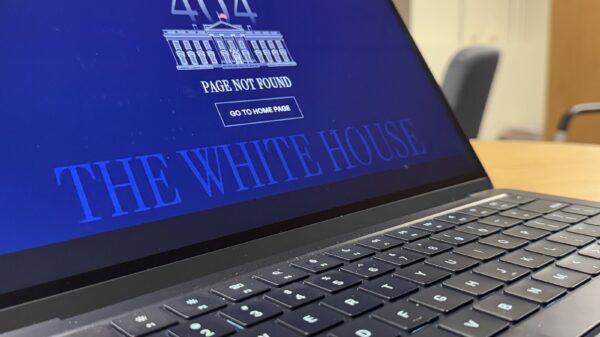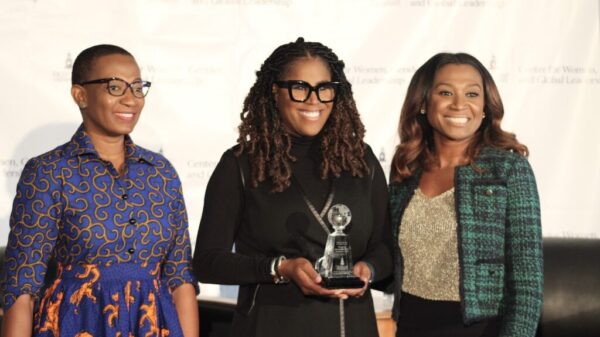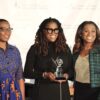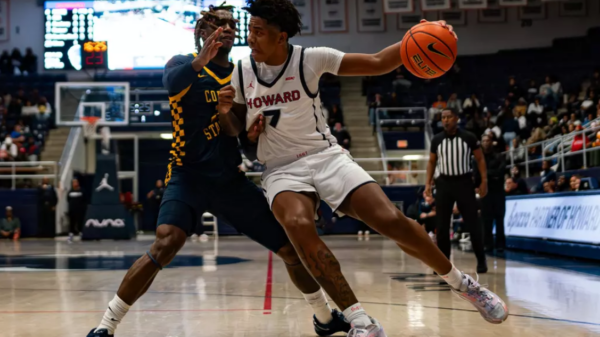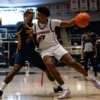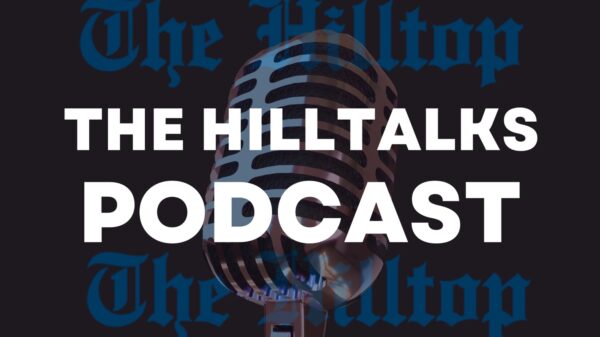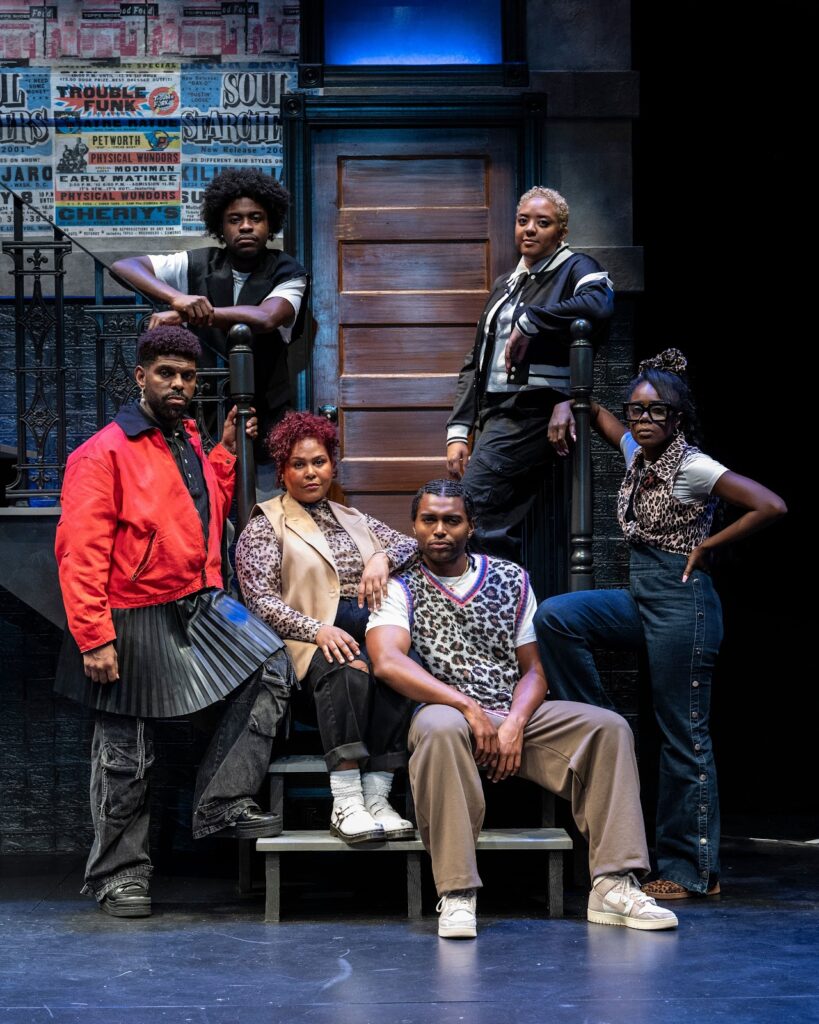
The lights dimmed, and the audience fell silent. A spotlight revealed a group of five performers in stark white masks, their voices rising with biting clarity: “The world we live in? It’s a nightmare—a f-cking nightmare.” They dissect the flaws of America with searing honesty, alluding to the recent election and the struggles of Black people. One voice broke through the theater: “You laugh tonight, but this is our reality. We laugh to avoid crying.”
“Dance Like There’s Black People Watching: A Black Excellence Revue” is a 90-minute comedy show of sharp-witted satirical sketches, interactive skits and swift dance breaks. The show, created by Chicago improv company The Second City, is running from Nov. 6 until Dec. 22 at the Woolly Mammoth Theatre and explores the Black experience in D.C. Through humor and shared understanding, this production celebrates Black identity and unpacks trauma and stereotypes to declare Black people are not a monolith.
At the heart of Director Rob Wilson’s approach is satire, which he sees as one of the most effective forms of expression. His blend of humor and social critique allows the show to tackle sensitive topics like Black mental health and cultural stereotypes while keeping the audience engaged.
The ability to deliver a promising message while also urging laughter in a live setting was a daunting task, and being a student on top of that was something cast member Julius Shanks II, an acting major and film production minor at Howard, had to navigate.
“While this is something I’ve always wanted to do, that doesn’t excuse me from my schoolwork, Shanks said. “But my professors are amazing; they make sure that I know that I have support.”
Shanks credits Nikkole Salter, the chair of the Theatre Arts department, and Professor Edwin Brown as his mentors in his professional endeavors.
“There is this discipline as a student to know that you have to make them proud by doing your part. The more you’re willing to do, the more they’re willing to help you,” Shanks said.
The support of his mentors and his ensemble motivated Shanks to have the desire to balance it all and take on his dreams as an artist.
“I wasn’t going to do the show. I asked my dean, and I asked our chair and they asked me, ‘Are you crazy? What do you want to do? If you want to be an artist, go do it.’ That reassurance meant a lot,” he said.
Shanks had to navigate the art of delivery in comedy for the show.
“I had to learn to not play the laugh. I was seeking laughter; Rob [Wilson] had to look at me and say, ‘You have to let that go, because they’re not gonna laugh at the same thing every night,’” he said.
For two weeks, Shanks and his ensemble rehearsed in isolation, without the usual feedback from an audience, to gauge if their performance would hit the mark. They relied solely on instinct, rehearsal notes and each other. Once they came together as a cast, everything fell into place and the flow felt natural.
“I’ve learned to let go of seeking laughter,” Shanks said. “As an artist, you crave validation and applause, but I had to move past that. I had to trust the work—the writing, the directing and my fellow cast members. When you’re surrounded by such talented people, it’s easier to play off one another.”
The audience was captivated by the show. Black audience members clapped and laughed at each striking one-liner with calls like “Mhm!” and “You got that right!” A Black woman in cheetah print stood out with her lingering laugh, while some white audience members chuckled at the satirical nods to their own unintentional phrases. The intimate space brimmed with understanding and humor and bridged experiences through laughter.
In satirical portrayals of tropes like “the Black person always dies first,” sharp commentary on Black mental health and the urgency of making it home before the streetlight comes on, the show finds humor in shared struggles.
Interactive skits, like one featuring a “random white man” named Shawn Walsh experiencing the “N-ggapast, N-ggapresent and N-ggafuture,” allowed roles to switch. He was put on an imaginary auction block and had to dance to prove his worth. Walsh experienced what it is like to be denied his dream job despite having the qualifications. The audience watched the emphasized divide in lived experiences, which drew attention to issues faced by Black people daily.
Wilson said his vision for “Dance Like There’s Black People Watching” hinges on comedy’s unique power to unveil and critique societal issues in ways that resonate. For Wilson, comedy isn’t just about getting laughs; it’s a tool for honesty that can disarm the audience and lead them to deeper truths.
“Comedy is universal,” Wilson said. “With it, you can dig a little deeper. If you get people to laugh, they’ll keep listening, even when you ‘drop vegetables on them.’”
Wilson’s family legacy is rooted in historically Black colleges and universities, and he wanted the show to honor HBCU culture—specifically at Howard. An “HU!” was thrown in the show, and the crowd knew exactly what to do.
Wilson attributed the performance’s authenticity and HBCU pride to cast members like Shanks and Assistant Director Nayanna Simone.
“With such strong representatives of Howard on the team, we had to rep them,” he said.
Wilson’s combination of humor and truth delivers a message that leaves a lasting impression. The show doesn’t just entertain—it also prompts audience reflection, questioning and, most importantly, listening.
“If I say it straight, people might recoil, but if I make them belly laugh, their ears stay open, waiting for what’s next,” he said.
Copy edited by Jalyn Lovelady


